Turning Waste into Wealth: Centre’s Ambitious Revenue Target
The Central government of India is embarking on a mission to convert waste into wealth as it sets its sights on a remarkable revenue target of Rs 1,000 crore from scrap disposal. This ambitious initiative is a part of the ‘Swacchata’ campaign’s third edition, demonstrating a deep commitment to cleanliness and efficiency across all government departments.
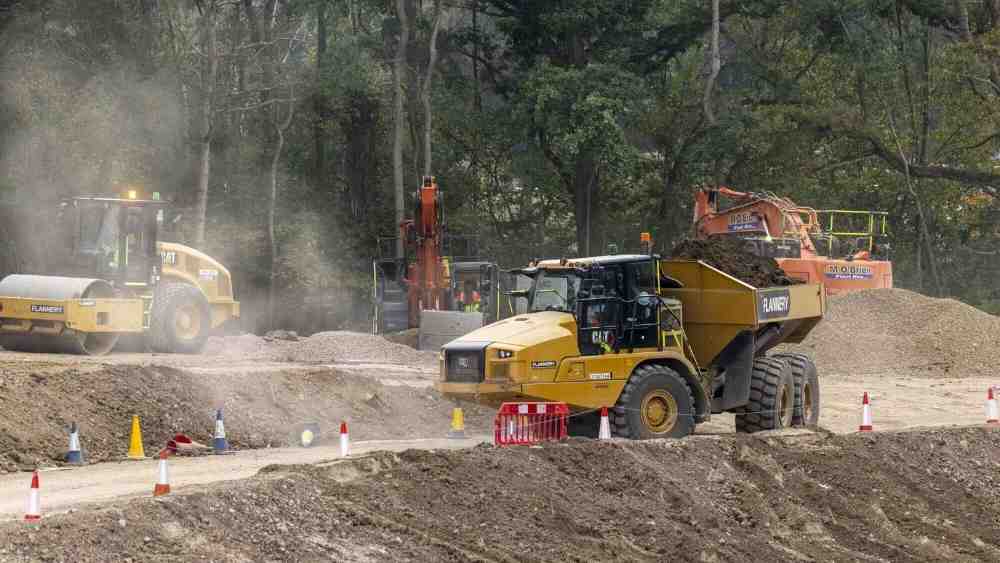
A Commitment to ‘Swachhata’
V Srinivas, Secretary of the Department of Administrative Reforms and Public Grievances (DARPG), underlines the government’s dedication to institutionalizing ‘swachhata’ (cleanliness) and reducing pending work in government offices. The upcoming ‘special campaign 3.0’ is the third phase of the ‘Swacchata’ drive, running from October 2 to 31, with a particular focus on outstation offices having public interactions.
Success of the ‘Swacchata’ Campaign
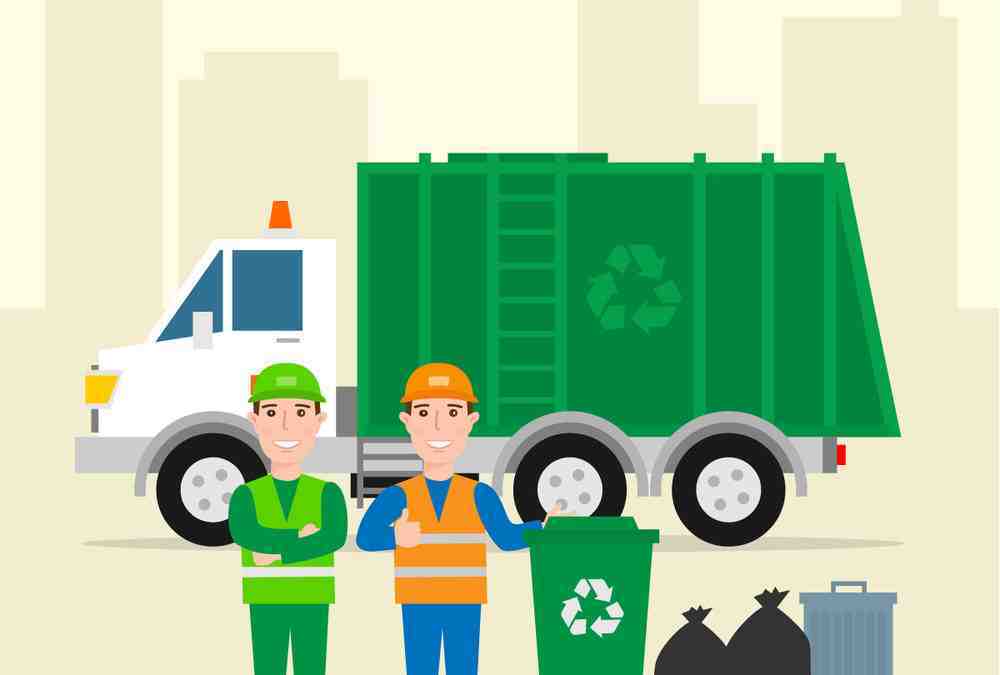
The ‘Swacchata’ campaign’s second edition, which took place in October 2022, laid the foundation for this ambitious project. All ministries and departments participated, dedicating three hours per week throughout the year. Over 100 nodal officers implemented the campaign, and its impact has been significant.
Impressive Achievements So Far
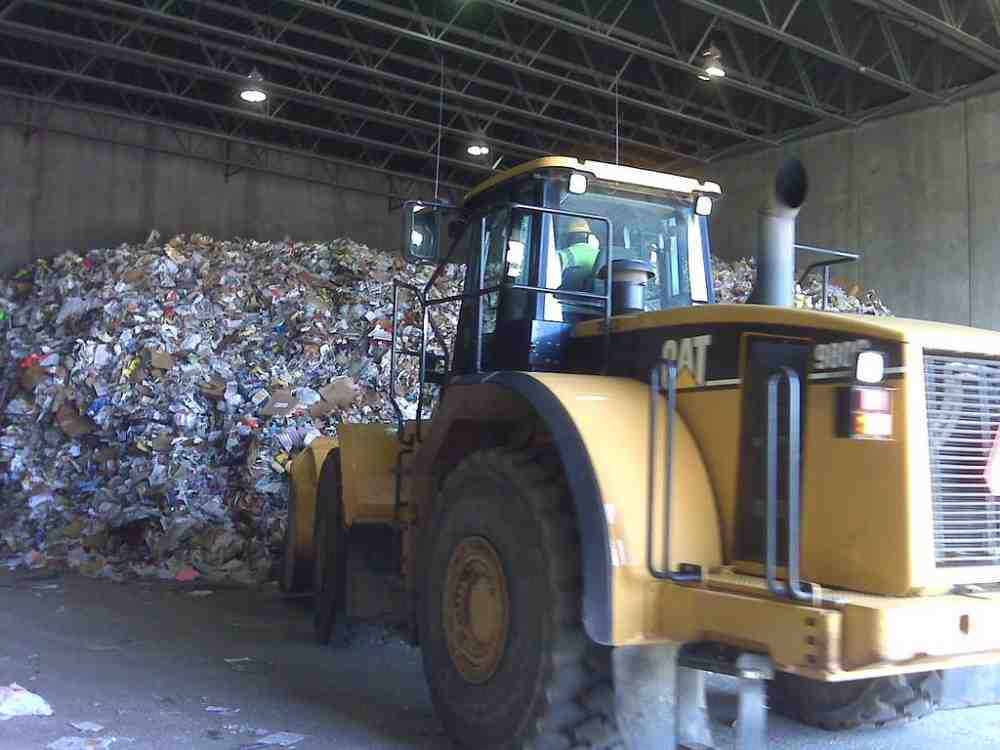
Since the launch of the ‘Swacchata’ campaign 2.0, it has been executed at 1.37 lakh sites, generating a remarkable Rs 520 crore from scrap items. Additionally, 50 lakh files were weeded out, 172 lakh sq ft of office space was freed up, and 31.35 lakh public grievances were resolved during this phase.
The Path to Rs 1,000 Crore
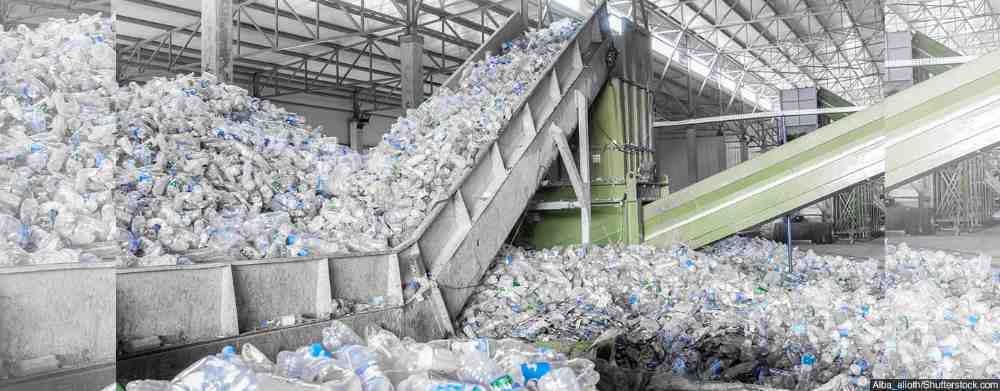
The third phase of the campaign, ‘special campaign 3.0,’ is expected to build on this success. The Centre anticipates that by October 31, 2023, it can generate a cumulative revenue of Rs 1,000 crore from the disposal of office scrap. This phase also aims to free up another 100 lakh sq ft of office space.
Focus of the Special Drive
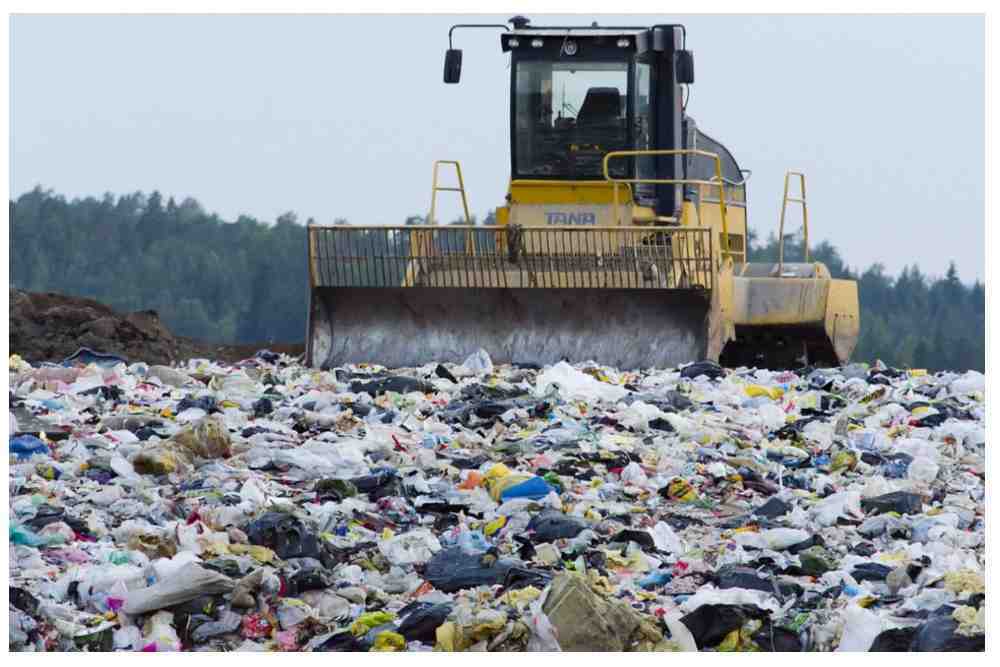
The ‘special campaign 3.0’ continues to emphasize cleanliness, scrap disposal, and reducing pending work in government departments. It is not only about enhancing the work environment but also about extracting value from materials that might otherwise be discarded.
Preparatory Phase and Implementation

The campaign unfolds in two phases. The preparatory phase, running from September 15 to 30, requires departments to identify pending references, campaign sites for cleanliness, and assess the volume of redundant materials for disposal. The implementation phase, from October 2 to 31, is when departments work towards achieving the targets set during the preparatory phase. They also use this opportunity to enhance record management and document best practices developed during the campaign.
A Transformational Approach
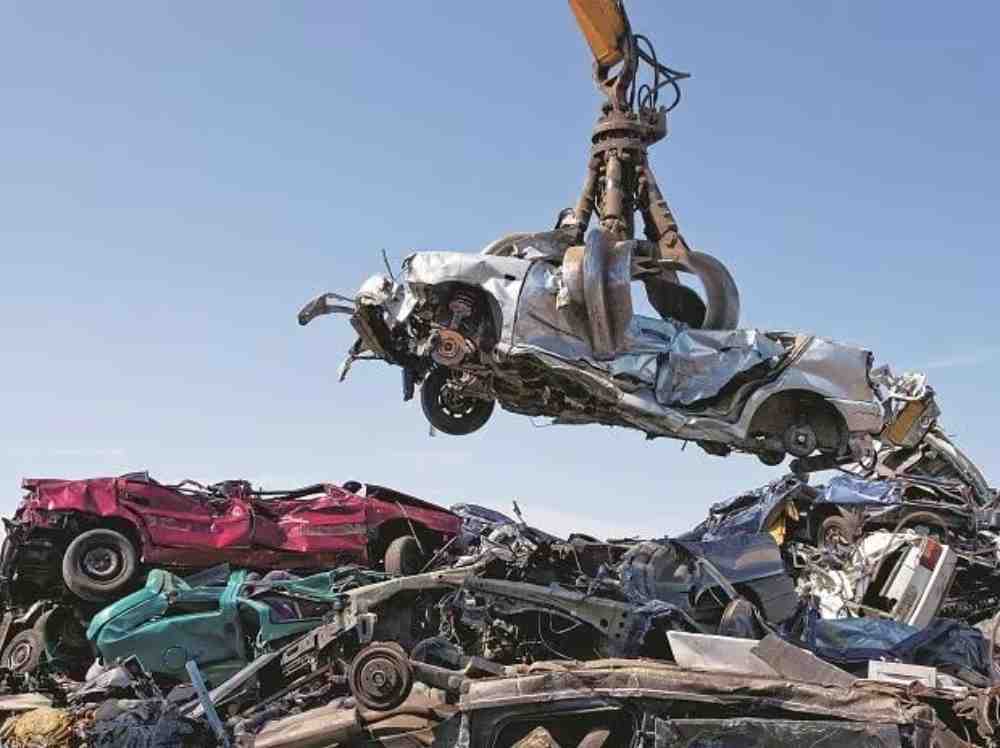
These cleanliness campaigns have been highly successful in converting waste into wealth through the disposal of scrap. This year’s special campaign is expected to bring innovative practices and systemic reforms, fostering a conducive work environment and promoting efficiency.
The Call for Cleanliness
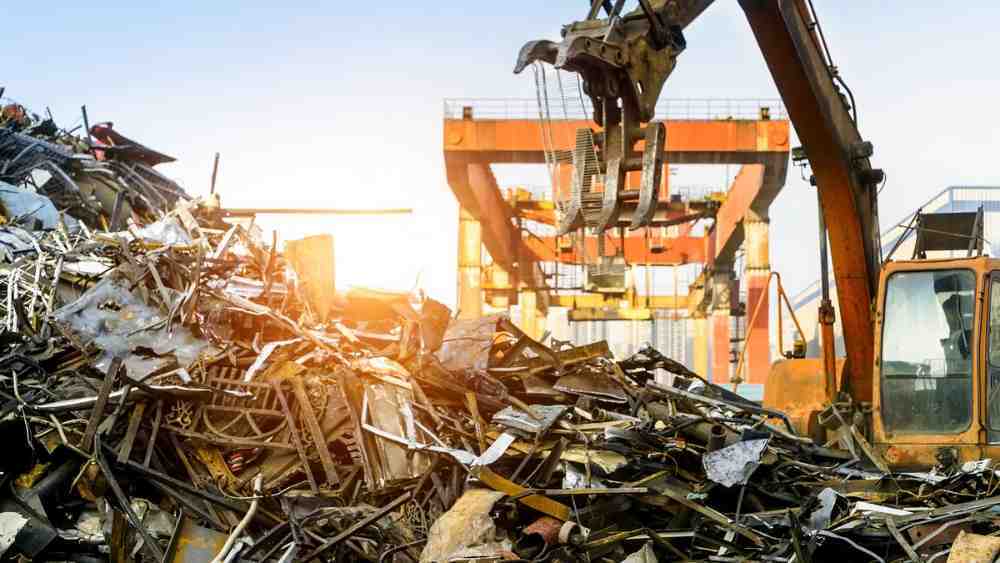
All central government offices are expected to ensure cleanliness within their premises, both inside and outside the office buildings, during and after the special cleanliness drive 3.0. This campaign underscores the importance of a clean and organized workspace for efficient functioning.
From Cleanliness to Prosperity
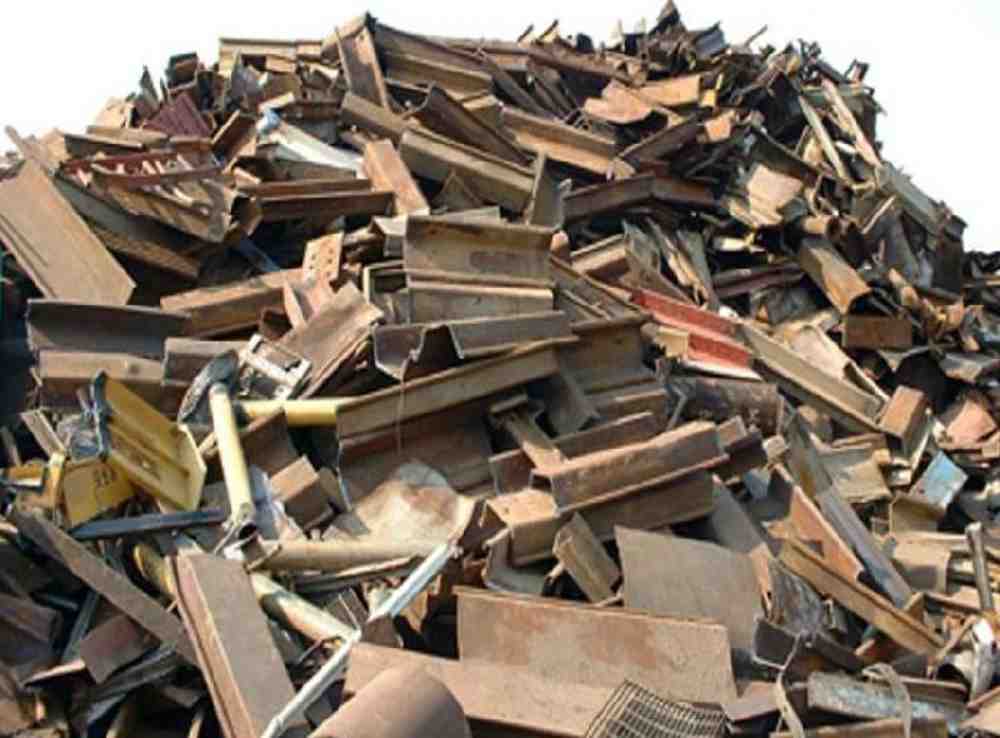
The Centre’s ambitious revenue target of Rs 1,000 crore from scrap disposal reflects its commitment to cleanliness and efficiency. As the ‘Swacchata’ campaign’s third edition unfolds, it not only seeks to transform waste into wealth but also promotes a culture of cleanliness and discipline within government offices. This initiative represents a significant step toward a more organized, efficient, and revenue-generating government ecosystem.
